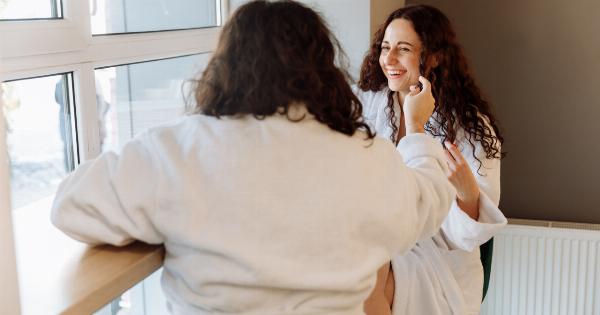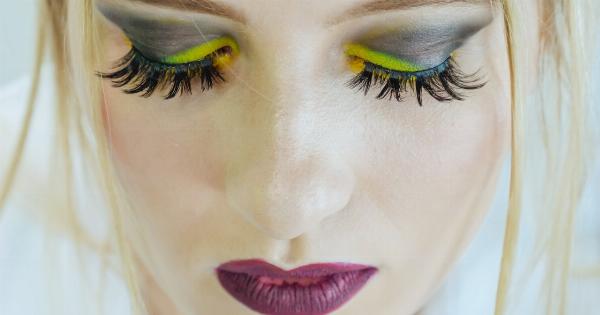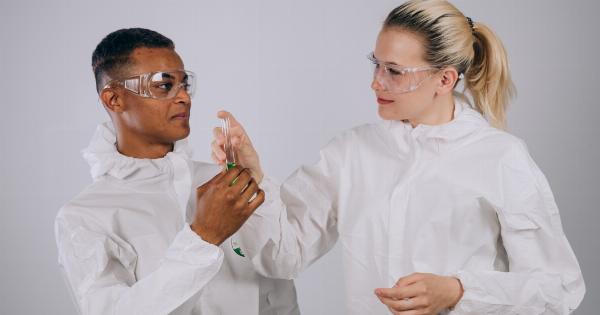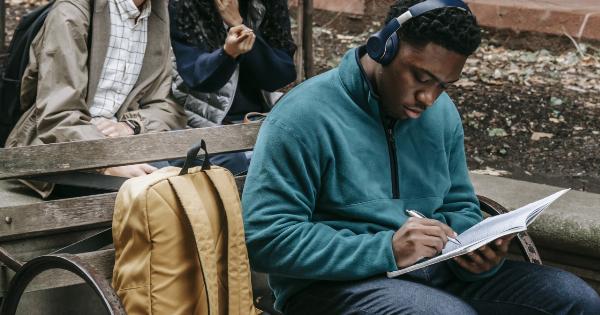As human beings, we inherently form opinions about others based on various factors, and one of the most prominent factors that influence our perception is appearance.
Our initial judgments are often based on the way someone looks, which can then shape our opinions, attitudes, and behaviors towards them. In this article, we will delve into the impact of appearance on our perception of others, and explore how much it truly influences our judgment.
The Power of First Impressions
It is often said that first impressions are lasting impressions, and appearance plays a crucial role in creating that initial impression.
When meeting someone for the first time, our brains immediately process their physical features and make snap judgments about them. These judgments are influenced by a variety of factors, including facial expressions, body language, grooming, clothing, and even body shape.
The Influences of Stereotypes and Bias
Our perception of someone’s appearance can be heavily influenced by stereotypes and bias. Society has ingrained certain beauty standards and ideals that shape our perception of physical attractiveness.
These ideals often extend beyond just personal preferences and infiltrate our decision-making processes, consciously or unconsciously. For example, a person who conforms to societal standards of beauty may be automatically perceived as more competent, successful, and likable.
Physical Attractiveness and Halo Effect
Physical attractiveness has long been associated with positive attributes and numerous studies have found a phenomenon known as the “halo effect.” This effect suggests that individuals with physically attractive features are often attributed with other desirable characteristics, such as intelligence, kindness, and competence, regardless of whether these assumptions are accurate or not. The halo effect demonstrates how appearance influences our perception and may lead to biased judgments.
The Impact of Dressing and Grooming
It is no secret that our appearance, including how we dress and groom ourselves, affects how others perceive us.
Clothing choices can convey various social cues and messages, leading to certain assumptions about a person’s personality, background, and socioeconomic status. For instance, someone dressed in professional attire is more likely to be perceived as competent and successful, compared to someone dressed casually.
Individual Differences and Contextual Factors
While appearance is undoubtedly important in shaping our perception, individual differences in personality and contextual factors also play a significant role. Our previous experiences and personal beliefs mold our attitudes towards appearance.
For example, someone who values inner qualities and places less emphasis on external appearance may have a more nuanced perception of others and be less swayed by physical characteristics. Contextual factors such as culture, social norms, and personal values also shape how appearance is interpreted and judged.
Misconceptions and Limitations
It is essential to acknowledge the limitations and potential misconceptions associated with relying solely on appearance to form our opinions about others.
Appearance alone cannot provide a comprehensive understanding of a person’s character, personality, or abilities. It is crucial to look beyond the surface level and consider other aspects such as behavior, values, and achievements before making judgments.
Overcoming Bias and Encouraging a More Open Mindset
Recognizing our biases and consciously working towards overcoming them is crucial in fostering a more inclusive and open-minded society.
By challenging stereotypes and questioning our initial judgments based on appearance, we can learn to appreciate the diversity of individuals and understand that there is much more to a person than what meets the eye. Engaging in meaningful conversations, exposing ourselves to different perspectives, and promoting empathy can contribute to a more accurate and fair perception of others.
The Beauty of Diversity
It is essential to celebrate and embrace the beauty of diversity in all its forms. Each person’s unique appearance tells a story and contributes to the rich tapestry of humanity.
By recognizing and appreciating the differences in appearances, we can create a more inclusive and accepting society that values individuals for who they are rather than how they look.
Conclusion
Appearance undoubtedly influences our perception of others, often leading to snap judgments and biased opinions. However, it is crucial to recognize the limitations of relying solely on appearance and to foster a more open-minded and inclusive mindset.
By challenging stereotypes, acknowledging individual differences, and emphasizing the beauty of diversity, we can strive towards a more accurate and fair perception of others, transcending the superficiality of appearances.




























